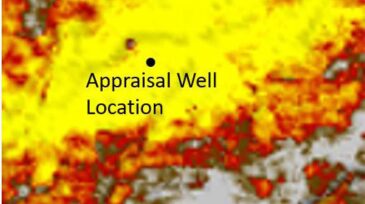well testing
-
The interpretation of well tests, combined with petrophysical analysis, formation-test data, and production logs, provided insight into Khuff reservoirs.
-
Most of today’s equipment and interpretation methods are indeed not new. After all, well testing has been around for nearly a century, resulting in a legacy that may not always look cutting-edge, but these tried-and-true tools were so technologically remarkable that they became staples.
-
This paper describes the acquisition and interpretation of long-term pressure-buildup data in a plugged and abandoned deepwater appraisal well.
-
A single-well polymer-injection and back-production test has been performed in an oil and gas field offshore Norway. The objective of the test was to verify at field conditions the properties measured in the laboratory for the biopolymer schizophyllan.
-
Continued enthusiasm in the well-testing segment of the oil industry is apparent. Even though there was a smaller number of presentations among various conferences related to well testing in 2016, there are articles that contribute significantly for the experts and the upcoming generation.
-
Knowledge of the maximum- and minimum-permeability directions in anisotropic reservoirs helps to optimize injector and producer locations and is important for reservoir management, especially under secondary or enhanced recovery of hydrocarbons.
-
The application of high-precision downhole temperature sensors has resulted in pressure-transient analysis (PTA) being complemented or replaced by temperature-transient analysis (TTA).
-
The Pugang gas field, one of the biggest inland gas discoveries of the last decade in China, has hydrogen sulfide (H2S) concentrations as high as 10%, making surface- and downhole-facilities design and execution challenging.
-
This work presents a real field example in which the integration of well-testing and geological interpretations increased the understanding of a complex, heterogeneous reservoir.
-
Although the wellbore is in a nonisothermal environment, heat transfer between the fluid in the wellbore and the formation is often ignored and temperature is usually assumed constant in data interpretation, which will lead to misunderstanding of the pressure profile.










